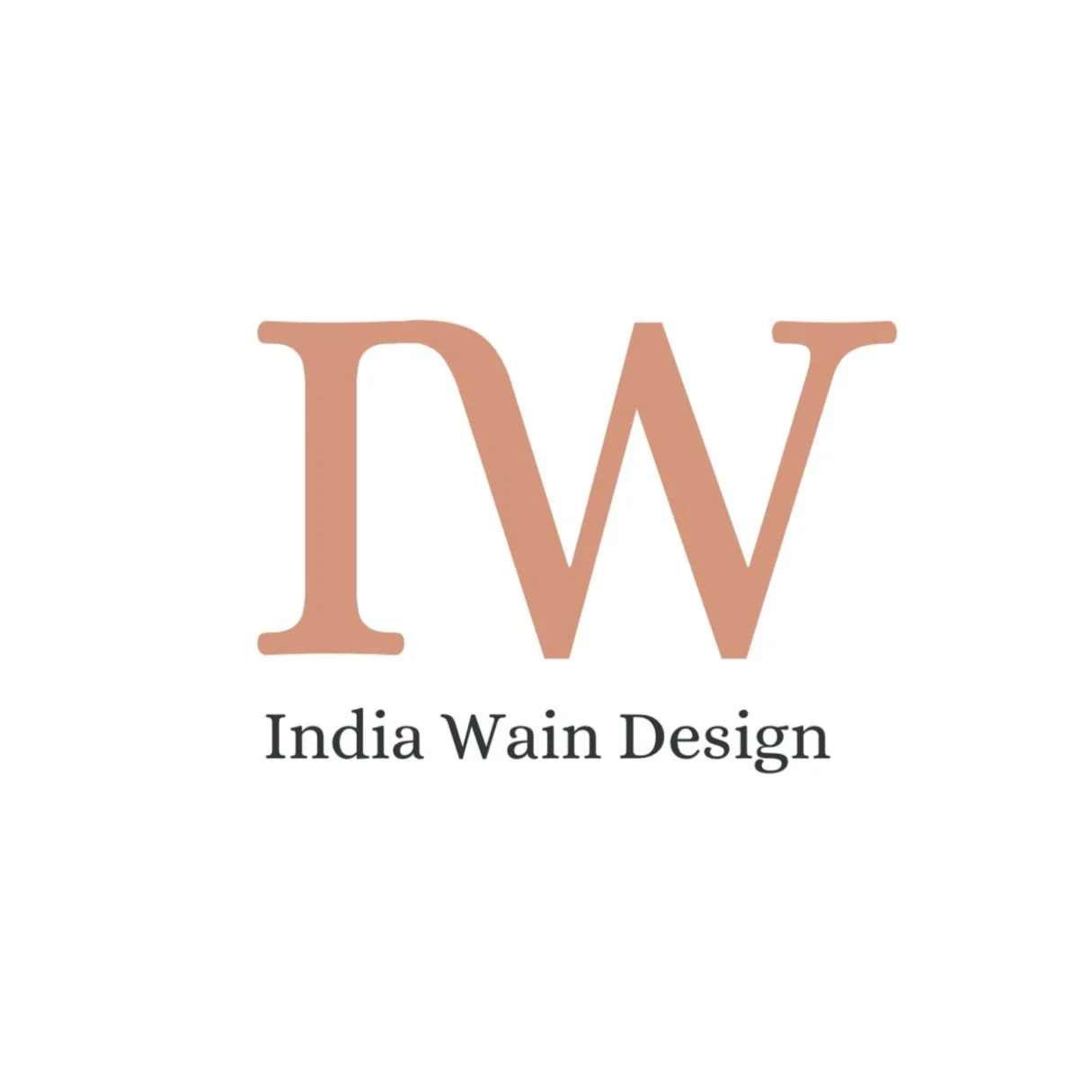Why I Love Digital Illustration
As an artist, my work is heavily inspired by the books and illustrations I adored as a child—particularly children’s storybooks that were created long before digital illustration became the norm. There's something incredibly special about the texture of colored pencils, pastels, and watercolors on paper. Even when these works are printed, they still retain that authentic charm. And while I embrace the digital world in my own work, I always strive to use brushes and textures that replicate that same tactile, hand-crafted look.
However, despite my admiration for traditional techniques, digital illustration has certain advantages that make it my preferred medium. It wasn’t always this way, though—there were years of frustrating trial and error before I finally embraced digital art. But the journey was worth it, and now I can’t imagine working without it.
A Journey from Struggles to Passion
My introduction to digital illustration began in my teenage years, during evenings spent at my dad's house. He had an iPad and a cheap stylus—nothing like the sleek, high-tech Apple Pencil that’s available today. I would open up a drawing app and doodle whatever came to mind, experimenting with the possibilities of this new digital medium. My dad often joined in too—he called it "painting with pixels," and I loved that concept.
During the lockdown, I began experimenting more seriously with digital art on Photoshop. My tools? Just my fingers and the touchpad of my laptop. It was a far cry from drawing with a pencil on paper—it was difficult to control, and I had to keep my eyes on two places at once to make sure my lines matched what I wanted them to be. The results were often disappointing. I remember sending my dad pictures of my work, and he suggested I invest in a Wacom Drawing tablet. I did, and while the new device was an improvement, it still took time for me to get used to drawing on one surface and seeing the results on the screen. For someone who craves instant feedback, it was a tough adjustment.
For a while, I was stuck in the cycle of producing random, mediocre work—everything from slices of lemon to photos of models I’d found on Pinterest. It wasn’t until I started experimenting with pet portraits—something many digital artists try at least once—that I really began to see progress.
The iPad and Apple Pencil: A Game-Changer
Then came the moment that changed everything. A year later, I decided to take the plunge and buy an iPad and Apple Pencil. It was a decision I’ll never regret. With the purchase came the app Procreate, which cost just £10, and suddenly a whole new world of artistic possibilities opened up to me. This is where my love for digital art really took root.
Why Digital Illustration Works for Me
There are countless reasons why digital illustration has become my preferred medium, but here are the key ones:
Endless Tools at Your Fingertips
With Procreate, I have instant access to an array of tools that mimic any brush, pencil, pastel, or paint. The Apple Pencil feels just like drawing on paper, and I can switch between different textures—watercolor, oil pastel, charcoal—at the touch of a screen. This seamless transition is impossible with traditional paints, where the different textures often don’t mix well. In traditional art, you’d have to wait for layers to dry before you could add detail. But in Procreate, that wait is nonexistent, which is blissful for someone as impatient as I am!Unlimited References
One of the features I love most is the ability to have my reference image right next to my artwork on the same screen. I can zoom in to study the details, and if I want to change my reference, it’s easy to swap it out—importing an image from my camera roll or the internet in a matter of seconds. Procreate makes referencing a breeze, and for more technical work like logo design, you can even trace the image and pick colors straight from it.The Power of Layers
For me, the best part of digital art is the ability to use layers. I’m not the type of artist who can sketch out an entire scene in one go. Instead, I prefer to focus on each individual element, keeping them on separate layers. This allows me to play around with composition, transparency, and color up until the final minute. If I make a mistake, I can simply erase it without affecting anything else. In traditional art, once you’ve committed to a line or color, it’s permanent. You can paint over it or try to work with it, but it’s never quite the same. Digital art, on the other hand, provides a safety net that eliminates the stress of making irreversible mistakes.
In Conclusion
Digital illustration may have its challenges, but for me, it has become the perfect medium to explore my creativity. The versatility, ease of use, and endless possibilities make it my go-to choice, allowing me to blend the traditional textures I love with the innovative features of modern technology. Whether it's creating whimsical illustrations or more technical designs, digital art has opened up a world of opportunities that I’m excited to explore every day.

